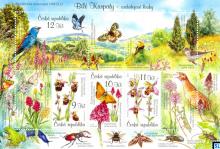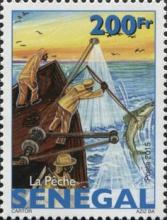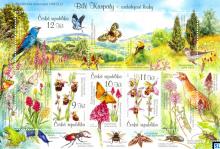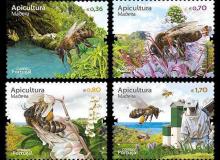Temporal pattern in imidacloprid levels in an urban stream in southern California
Imidacloprid is a widely used insecticide with high runoff potential posing a significant threat to aquatic ecosystems. In order to determine the spatial and temporal concentrations of imidacloprid in Forester Creek, a tributary to the San Diego River, surface water samples were collected from two sites under wet-weather and dry-weather conditions. Imidacloprid was detected with 100% frequency in surface water samples from Forester Creek with a median concentration of 16.9 ng/L (range: 3.8–96.8 ng/L). Over 60% of samples exceeded U.S. EPA's chronic exposure benchmark (10 ng/L).










